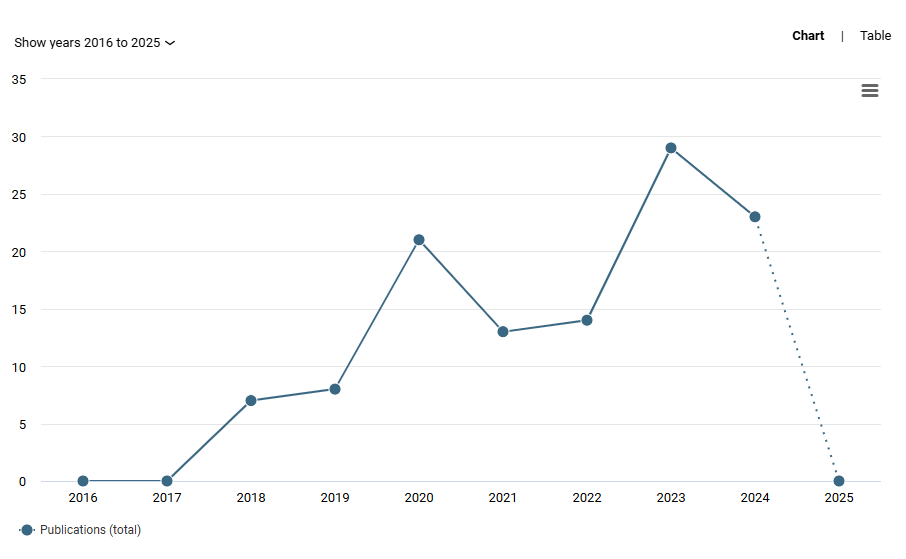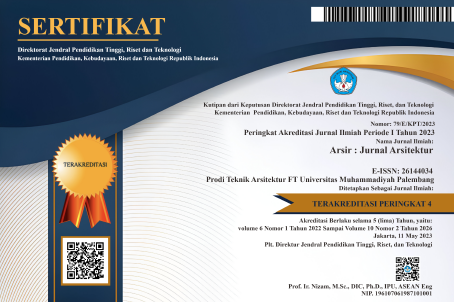The Influence of Architectural Design on Elderly Accessibility
The Grand Mosque Building Bandung
DOI:
https://doi.org/10.32502/arsir.v10i1.779Keywords:
architectural design, elderly accessibility, mosques, universal designAbstract
Accessibility for the elderly in public spaces, especially mosques, is very important to create an inclusive and safe environment. The Grand Mosque of Bandung, as one of the main mosques in the city center with very diverse visitors, is an important study to examine the extent to which its architectural design supports the comfort and convenience of the elderly in worship. This mosque also functions as a center for social and cultural activities that are often visited by the elderly as an active community. With the increasing number of elderly people and the need for accessible spaces, this study is important to assess the suitability of the mosque design with accessibility standards. This study uses observations and interviews of the elderly as well as evaluation of architectural elements based on PUPR Ministerial Regulation No. 14/2017 and PP No. 16/2021, focusing on the dimensions of the stairs, the width of the access path, the slope of the ramp, and supporting facilities such as toilets and ablution. The results show that several aspects such as uneven stairs, limited ramps, and less than optimal facilities do not meet accessibility standards. These findings emphasize the need for design improvements to create a more inclusive and comfortable mosque for the elderly, as well as being a recommendation for mosque managers and designers.
Downloads
Published
How to Cite
Issue
Section
License
Copyright (c) 2025 Debby Nurterra Achsanta, Aldyfra Luhulima Lukman

This work is licensed under a Creative Commons Attribution-ShareAlike 4.0 International License.
Arsir: Jurnal Arsitektur (AJA) have CC-BY-SA or an equivalent license as the optimal license for the publication, distribution, use, and reuse of scholarly work.
Authors who publish Arsir: Jurnal Arsitektur (AJA) agree to the following terms: Authors retain copyright and grant the Arsir: Jurnal Arsitektur (AJA) right of first publication with the work simultaneously licensed under a Creative Commons Attribution License (CC BY-SA 4.0) that allows others to share (copy and redistribute the material in any medium or format) and adapt (remix, transform, and build upon the material) the work for any purpose, even commercially, with an acknowledgement of the work's authorship and initial publication in Arsir: Jurnal Arsitektur (AJA). Authors are able to enter into separate, additional contractual arrangements for the non-exclusive distribution of the journal's published version of the work (e.g., post it to an institutional repository or publish it in a book), with an acknowledgement of its initial publication in Arsir: Jurnal Arsitektur (AJA). Authors are permitted and encouraged to post their work online (e.g., in institutional repositories or on their website) prior to and during the submission process, as it can lead to productive exchanges as well as earlier and greater citation of published work (see The Effect of Open Access).
![]()
Work is distributed below This work is licensed under a Creative Commons Attribution-ShareAlike 4.0 International License.










